The Kenruok-en Garndes (Garden of Six Attributes), is Kanazawa – we have been here before and all I can remember is it was 1) beautiful, 2) stinking hot and humid and 3) there were more tourists here than I would prefer (given I was one of them, I am acutely aware of the irony here). Kenrrok-ej was a strolling garden designed and constructed during the Edo period by teh Manda Clain. It was conceived in the 1620 and continuously mainted since then. 

 Kenroku-en is considered one of the Three Great Gardesn of Japan, noted for its beauty across all seasons.
Kenroku-en is considered one of the Three Great Gardesn of Japan, noted for its beauty across all seasons. 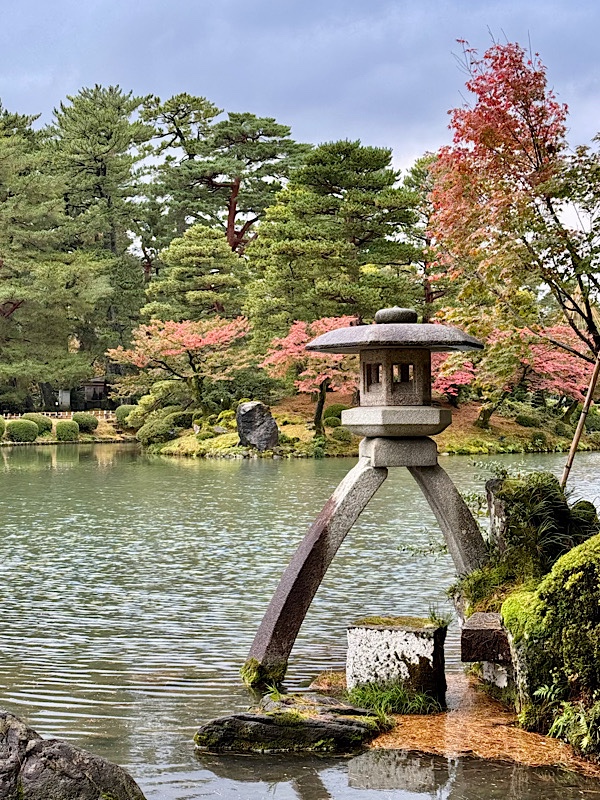
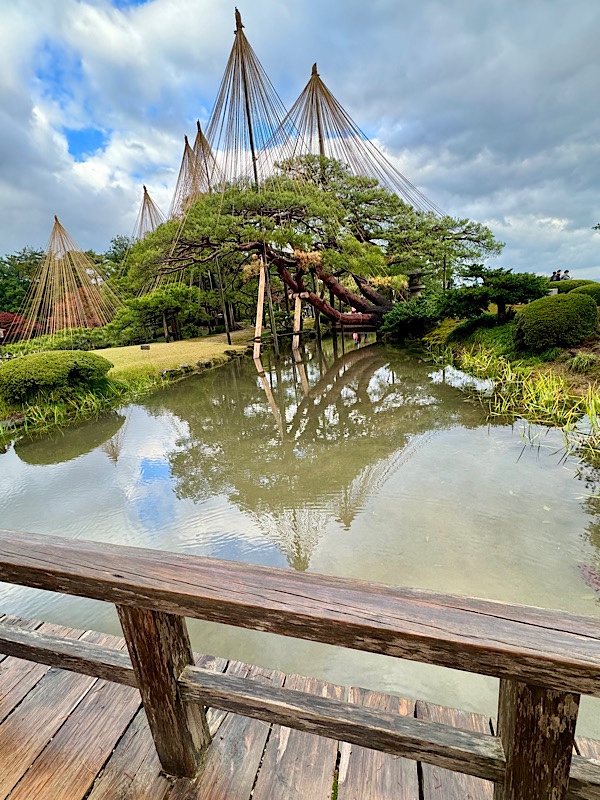
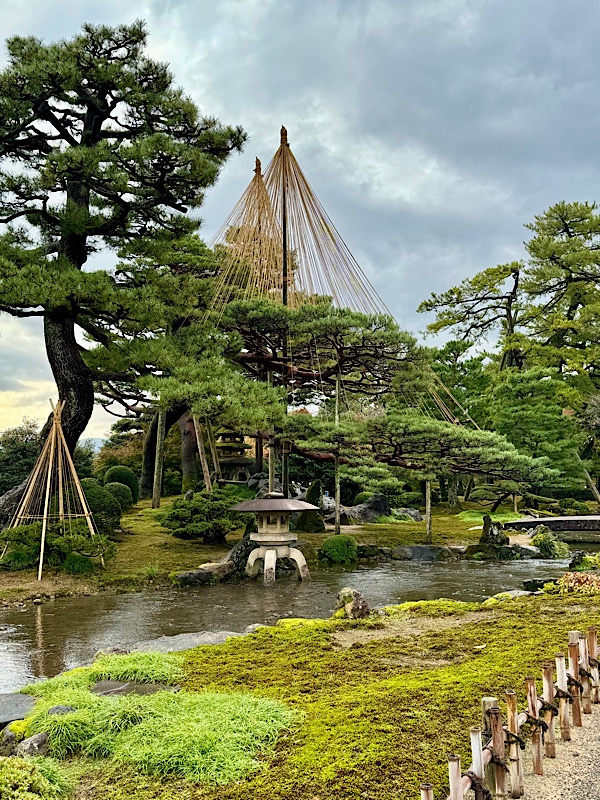

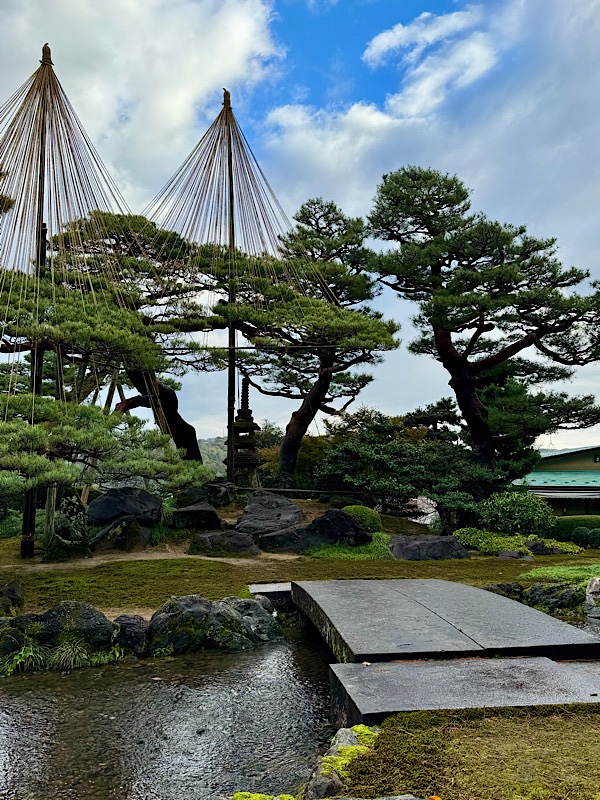
 The gardens are pread over nearly 25 acres, and feature a landscape of meandering paths, two large ponds, several tea houses, and one of Japan’s oldest fountains.
The gardens are pread over nearly 25 acres, and feature a landscape of meandering paths, two large ponds, several tea houses, and one of Japan’s oldest fountains.
It is a site of uncommon beauty and tranquility. It has been open to the public since 1871. 


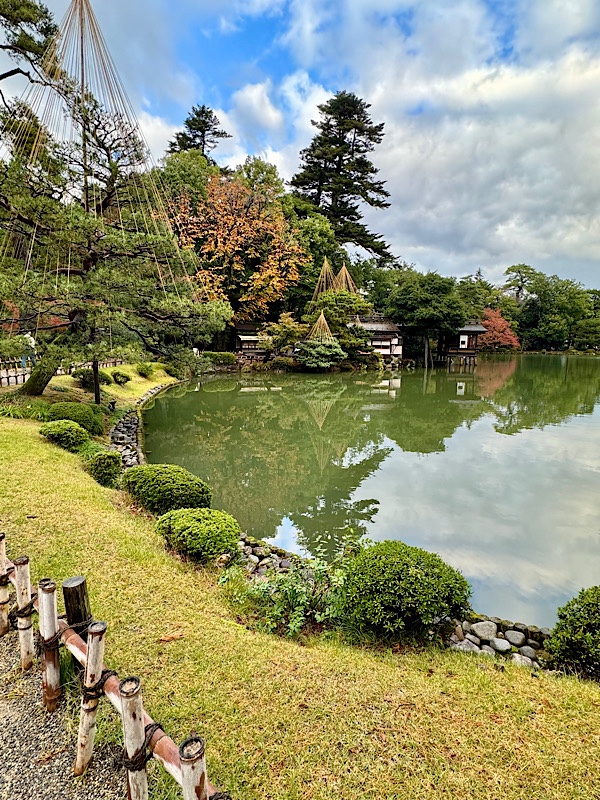









 I just love this place – I’ve been here in summer, but I think I may have to come back in winter to see it in yet another season. Their cherry blossom area is quite small – so there are many more impressive places to go for cherry blossoms.
I just love this place – I’ve been here in summer, but I think I may have to come back in winter to see it in yet another season. Their cherry blossom area is quite small – so there are many more impressive places to go for cherry blossoms.



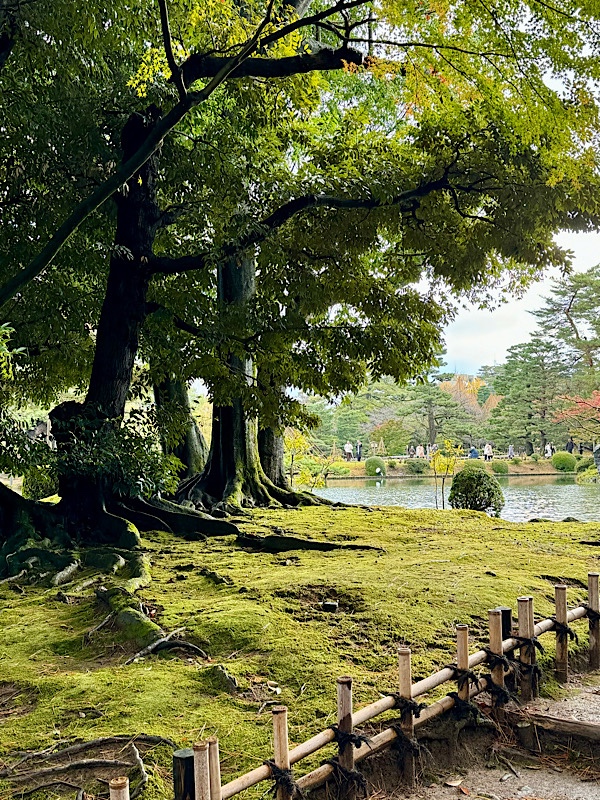
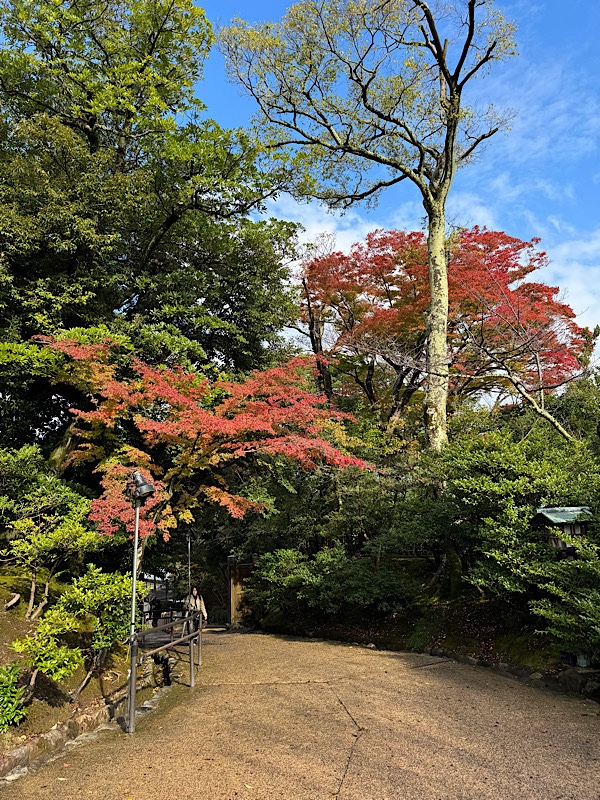
This is just some leaves on the pavement that I thought were pretty.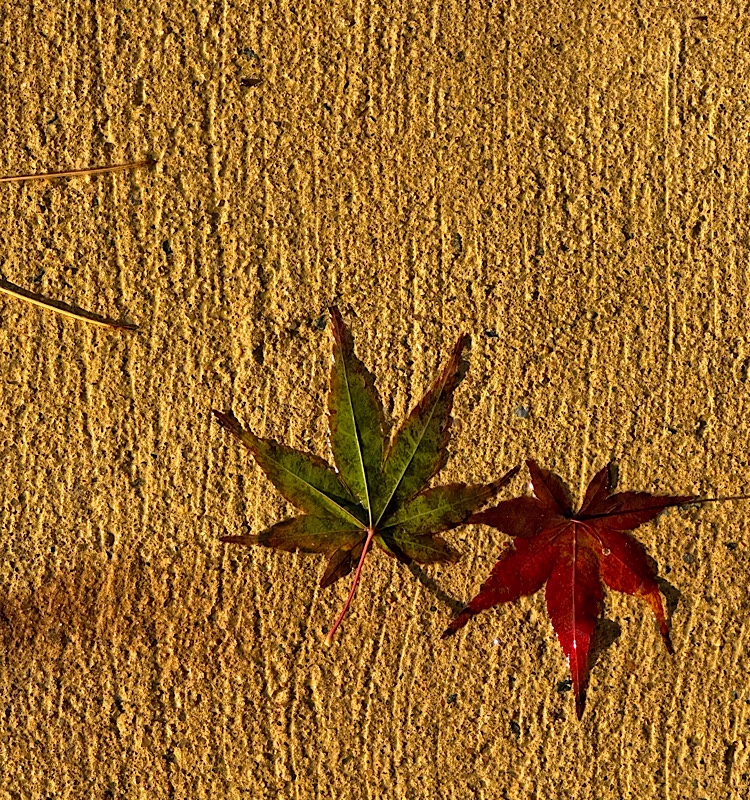
Toyama castle. We went through here last visit, so didn’t go through for a second time. = it’s one of those things you do when you are travelling… decide to visit a place more than once or try to press on and see something new.  After leaving Tokoyama we head towards Gifu Prefecture – the views were gorgeous around every turn. High speed photography isn’t my favourite but I did manage to grab some half decent shots of the landscape.
After leaving Tokoyama we head towards Gifu Prefecture – the views were gorgeous around every turn. High speed photography isn’t my favourite but I did manage to grab some half decent shots of the landscape.  And then we came out of an 11km tunnel* and it was snowing again! 😮
And then we came out of an 11km tunnel* and it was snowing again! 😮
*an 11km tunnel whereupon a cheerful conversation ensued as to what we would do if we were forced to evacuate the tunnel due to an accident or disaster… 😐 
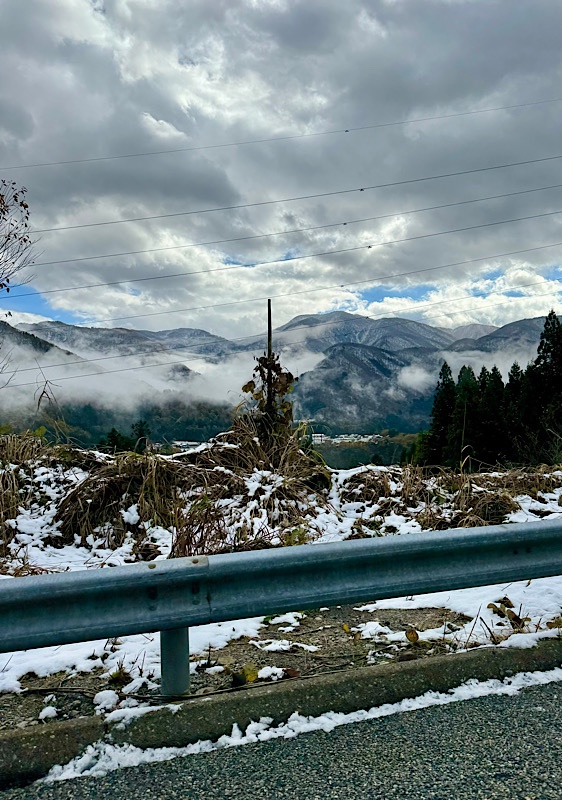 I haven’t packed for full on snow… but glad I bought my Merrell, gortex hiking boots with me!
I haven’t packed for full on snow… but glad I bought my Merrell, gortex hiking boots with me!
 Oh so cold, but so beautiful.
Oh so cold, but so beautiful. As we left Toyama and head towards Gifu Prefecture, we decided to stop at Shirakawa-go.
As we left Toyama and head towards Gifu Prefecture, we decided to stop at Shirakawa-go.
Shirakawa-go is one of Japan’s UNESCO World Heritage Sites (Hmmmm… wonder if there is a Bingo Card for collecting UNESCO sites?!). The cultural area consists of three historic mountain villages over an area of 68 hectares in the remote Shogawa river valley, stretching over the borders of Gifu and Toyama Prefectures.
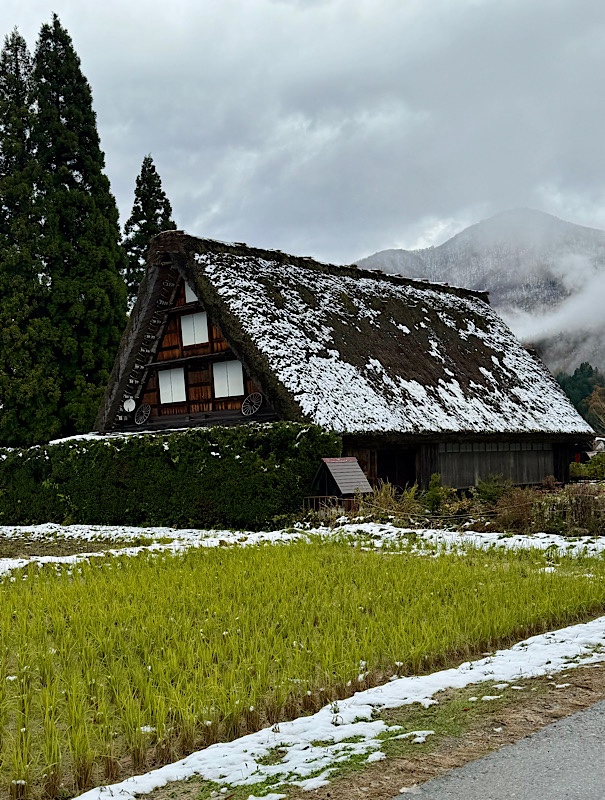

 Shirakawa-gō (白川郷, “White River Old-District”) is located in the village of Shirakawa in Gifu… the village is like an open air museum, but people still live and work here, so there are many private homes interspersed amongst the public museum buildings that tourists might come to visit.
Shirakawa-gō (白川郷, “White River Old-District”) is located in the village of Shirakawa in Gifu… the village is like an open air museum, but people still live and work here, so there are many private homes interspersed amongst the public museum buildings that tourists might come to visit. The thatched roofs are really impressive:
The thatched roofs are really impressive:

The valley where Shirakawa-go is located is in a mountain region that experiences considerable snowfall every winter. This village is well known for it’s clusters of farmhouses that are all constructed in the traditionally architectural style known as gasshō-zukuri. These buildings are designed to easily shed snow from their steep thatched roofs.


 Ω
Ω

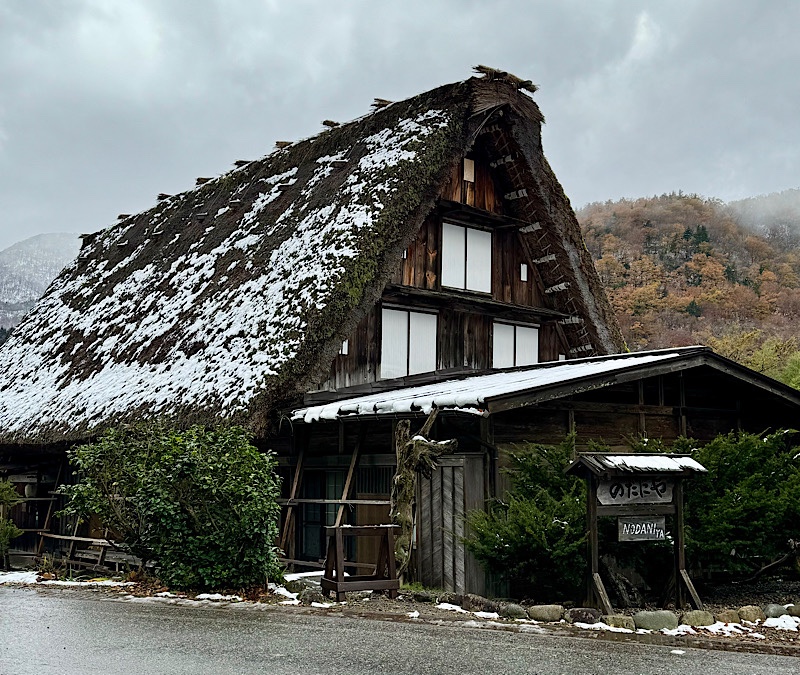
 Interesting info from Wikipedia:
Interesting info from Wikipedia:
“Even today, there is still a system of joint work called “yui” for re-thatching thatched roofs of gassho-zukuri. The thatch replacement was done every 30 to 40 years, and the labor and expense involved was enormous (simply converting the labor cost to today’s value, it is said that the cost to replace one side of the roof alone would be more than 10 million yen), but it was done without compensation.
The procedure for re-thatching was rough as follows.
・Preparation begins at least three years prior to the work.
・The amount of thatch needed and the number of workers are estimated based on the area of the roof.
・Set a date for the work and go around the village to ask for help with the thatching and when it will be done.
・Cut and store enough thatch for the work in advance (a common “thatch field” is reserved for this purpose).
・Determine the division of roles (i.e., those who collect thatch, those who carry it, those who sort thatch, those who prepare ropes and other tools, etc.).
・The above is exclusively the work of men. The women prepare meals for the workers, snacks for the rest, and gifts to celebrate the completion of the work.
・Rarely are both sides of the roof sprayed at the same time, but only one side is completed in two days.
・It takes 200 to 300 workers daily, and it is spectacular to see more than 100 people climbing on the roof.
In recent years, depopulation, the decline of primary industries, and the aging of the population have made it difficult to maintain ties. On the other hand, the National Trust and volunteers from the general public have begun to gather from various parts of the country and work together to re-thatch the roofs. In Shirakawa-go, the organization that performs the tethering is called “koryaku,” and the scope of the tethering is not limited to re-thatching roofs, but extends to all aspects of daily life, including thatching, rice planting, rice harvesting, weeding, chopping firewood, weddings, funerals, and ceremonial occasions.“
That’s nuts!!!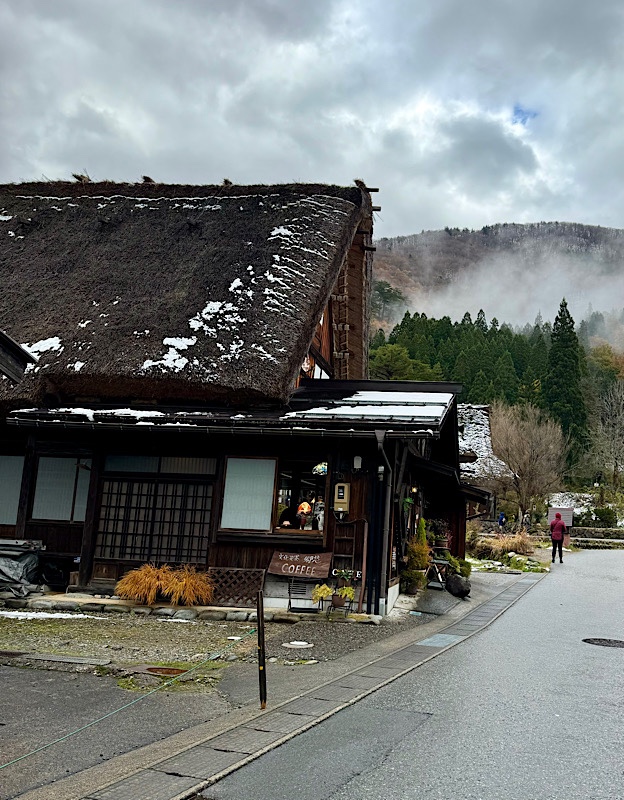



 This statue depicts a person in a ‘Japanese raincoat’ made out of straws. They were particularly common due to availability of materials, well up until the early 1900s…
This statue depicts a person in a ‘Japanese raincoat’ made out of straws. They were particularly common due to availability of materials, well up until the early 1900s…
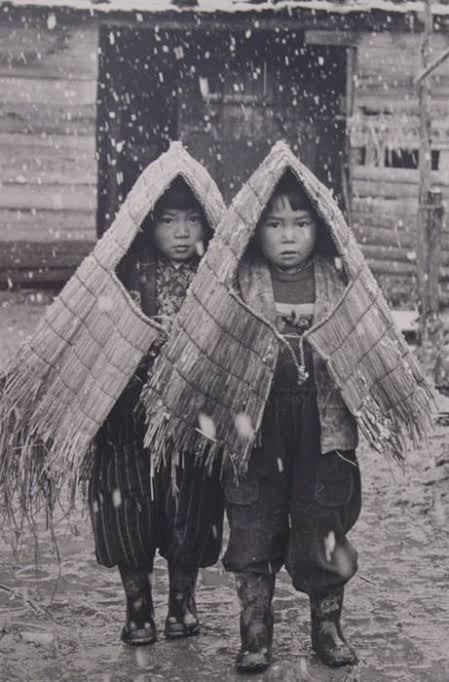
There is even a Pokemon based on people wearing these pointed thatched raincoats…



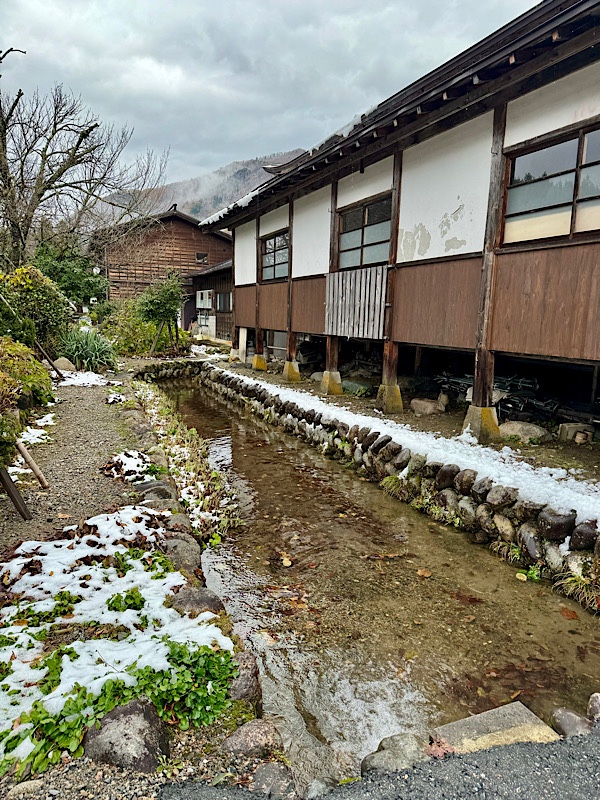



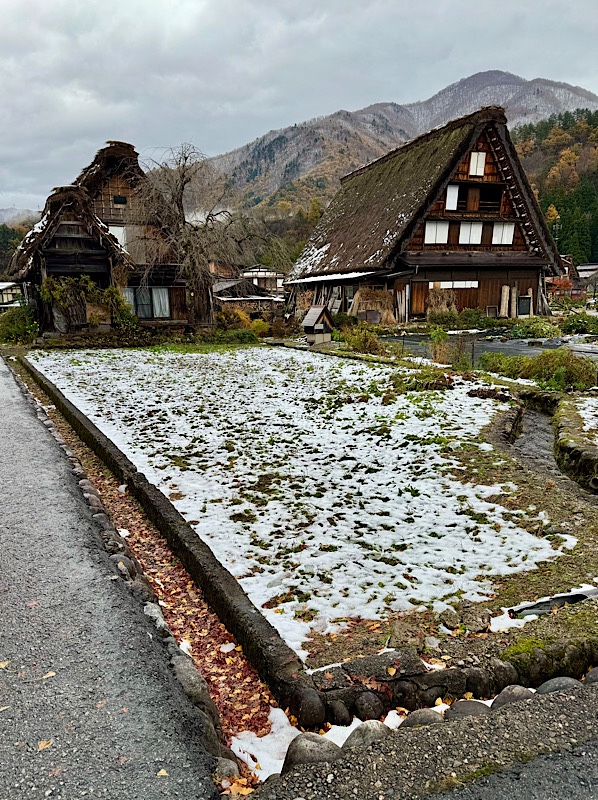 Shirakawa-go is pretty cool – there are still people living and working here, unlike some of the open air museums that are set up with some of these types of buildings just for tourists to visit. The village caters pretty well to visits, though it seems less so at this time of year – less cafes etc open.
Shirakawa-go is pretty cool – there are still people living and working here, unlike some of the open air museums that are set up with some of these types of buildings just for tourists to visit. The village caters pretty well to visits, though it seems less so at this time of year – less cafes etc open.



Gorgeous area, well worth visiting, even if it wasn’t’ for the historical village.






 More snow and more tunnels on the way to Takayama.
More snow and more tunnels on the way to Takayama.
 I’m assumed this said: “Do you need snow chains, stupid?!” But it actually use makes mention of the tunnels ahead. Boring.
I’m assumed this said: “Do you need snow chains, stupid?!” But it actually use makes mention of the tunnels ahead. Boring. 
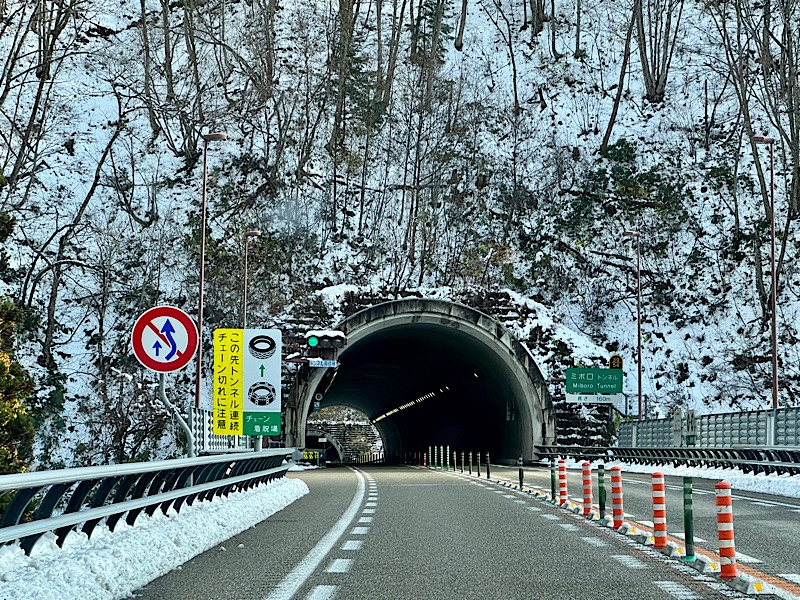

 And some lovely coloured leaves I found on the ground near our ryokan…
And some lovely coloured leaves I found on the ground near our ryokan… 
